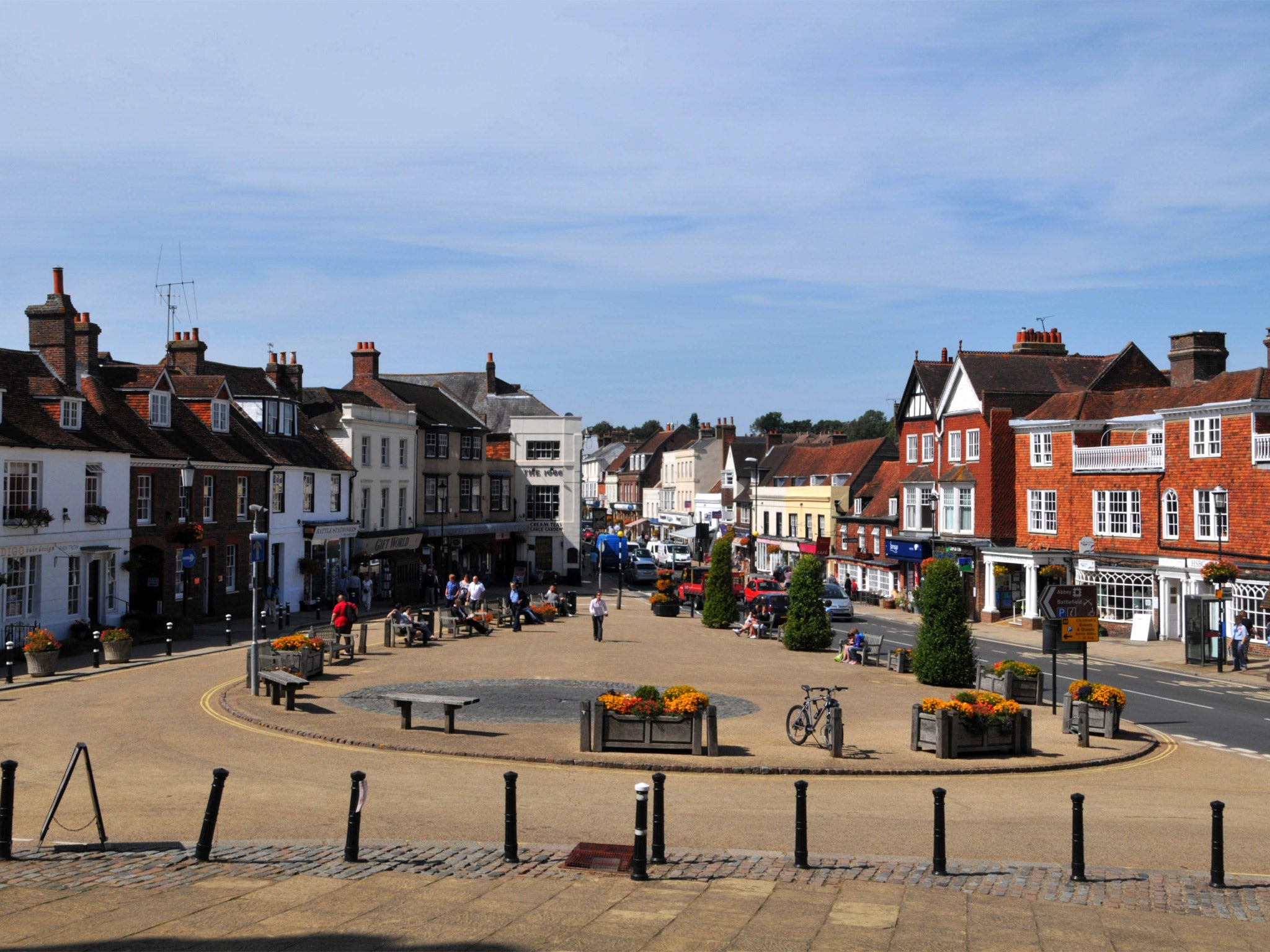The best-kept secrets of British tourism (until now)
‘Lonely Planet’ lists top ‘undiscovered and overlooked’ travel destinations

Your support helps us to tell the story
From reproductive rights to climate change to Big Tech, The Independent is on the ground when the story is developing. Whether it's investigating the financials of Elon Musk's pro-Trump PAC or producing our latest documentary, 'The A Word', which shines a light on the American women fighting for reproductive rights, we know how important it is to parse out the facts from the messaging.
At such a critical moment in US history, we need reporters on the ground. Your donation allows us to keep sending journalists to speak to both sides of the story.
The Independent is trusted by Americans across the entire political spectrum. And unlike many other quality news outlets, we choose not to lock Americans out of our reporting and analysis with paywalls. We believe quality journalism should be available to everyone, paid for by those who can afford it.
Your support makes all the difference.It is the site of arguably the most famous military clash in British history but despite the Battle of Hastings’ place in our national consciousness it has been named in a list of Europe’s best “secret spot” locations.
With its 11th-century Abbey and surrounding meadows, the small East Sussex town of Battle is already designated as an Area of Outstanding Natural Beauty, but Lonely Planet, the leading travel guide, says it is not considered as a potential destination on the staycation holiday itinerary.
“The Battle of Hastings may be well known as the bloody stand-off in 1066 that inspired the Bayeux tapestry, but few make the journey to see where it happened,” it says in its list of 50 “undiscovered and overlooked” destinations in Europe.
As well as observing “evocative fields where the arrows flew”, visitors are encouraged to explore “the village’s deliciously quaint streets” and “the glorious Sussex countryside”.
The Mayor of Battle, Mrs Margaret Kiloh, said there was much more to the town than just the “wonderful Abbey”. “Battle is an amazing town, full of interesting things to do and see,” she said. “There are nooks and crannies, twittens, lanes, gargoyles and gardens.”
Five British locations feature in the list. Among them is Wilton’s Music Hall in Tower Hamlets, east London, which is described as possessing a “glorious and truly atmospheric surprise”.
The Grade II* listed building opened in 1859 and is one of England’s few surviving music halls and its website describes it as “London’s best-kept secret”. It has been a producing venue since 2004 staging a variety of entertainment from opera to puppetry and classical music.
Artistic director Frances Mayhew said they were honoured to be featured. “We hope this will lead to many more people from the UK and overseas knowing about this unique building,” she said.
The remaining British entries include The Kinmel Arms in Abergele, Conwy, described as a “top-notch enclave of fine food, real ale and boutique accommodation”, Loch Ness and the South Cotswolds.
Reviewing The Kinmel Arms on Trip Advisor, senior contributor Geryr Efail said: “From the outside, this is a simple olde worlde pub. Inside it is a classy place for food with rooms. Stayed one night in a simple, spacious, high-spec room with the most luxurious bed I have ever slept in.”
Busloads of tourists from all over the world are ubiquitous in the Cotswolds, yet Lonely Planet says as the vast majority plump for Bourton-on-the-Water and Broadway in the north of the region, the south is overlooked but should not be missed.
The guide says: “This area is a hidden gem, with scenic villages and tranquil landscapes – and rarely a coach tour in sight.”
A similar lopsided effect occurs in Loch Ness, the authors say. “While tour coaches pour down the west side of Loch Ness, the eastern shore is relatively peaceful. Here you will find Dores Inn, a beautifully restored country pub with a garden that even has its own Loch Ness Monster-spotting point. The menu specialises in quality Scottish produce,” according to the guide.
David Else, the author of Lonely Planet’s Great Britain guidebook, said: “It’s little wonder that Britain features heavily in Secret Europe. With a wealth of breathtaking landscapes and such fascinating history, there’s plenty that travellers are yet to discover.”
Join our commenting forum
Join thought-provoking conversations, follow other Independent readers and see their replies
Comments